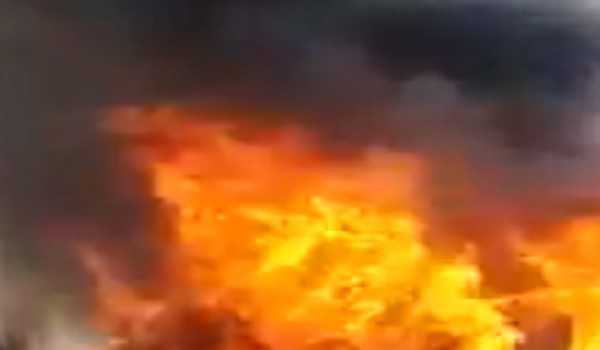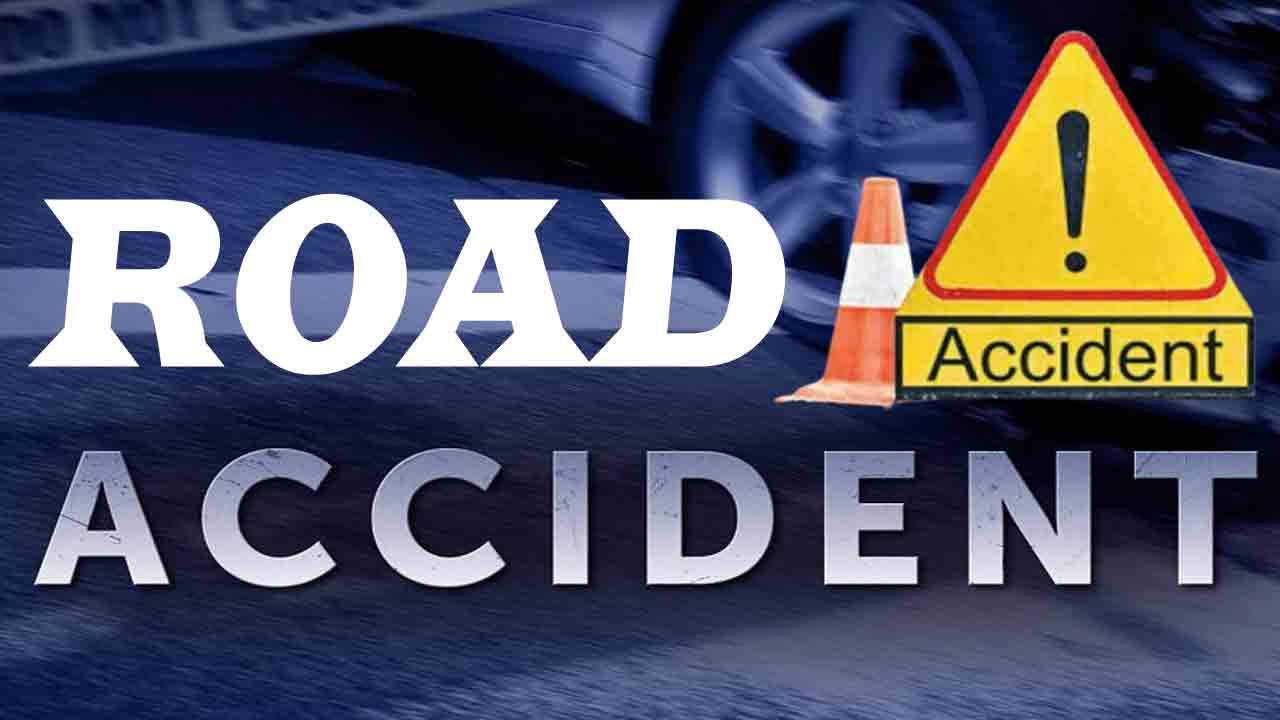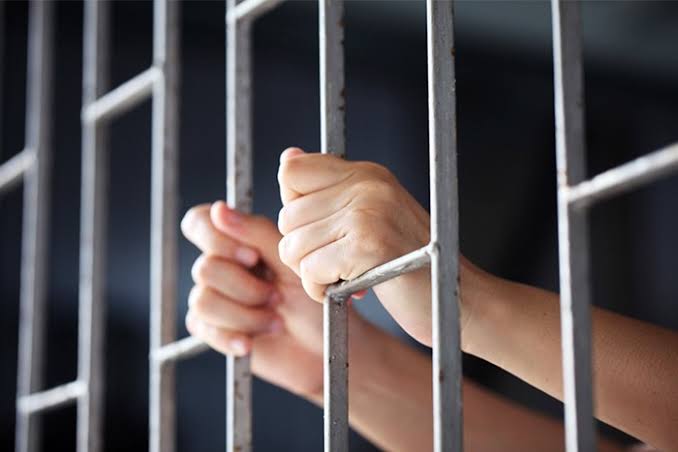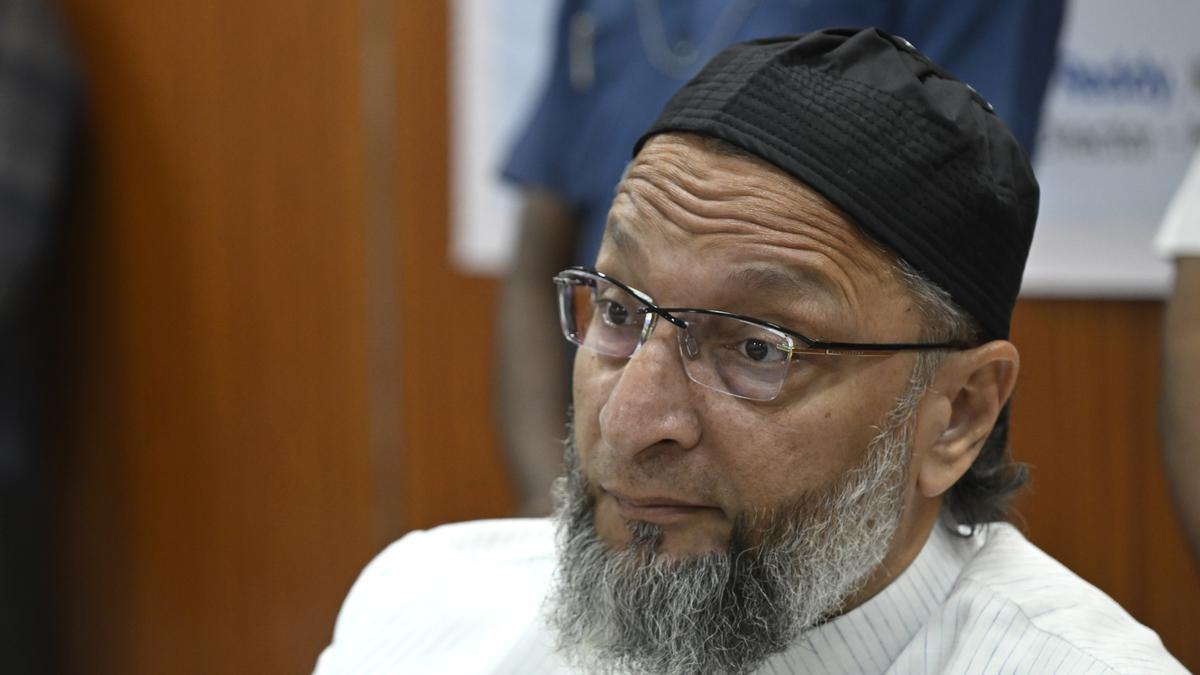Deadly Hurricane Michael Smashes Florida Panhandle
Thu 11 Oct 2018, 08:45:53
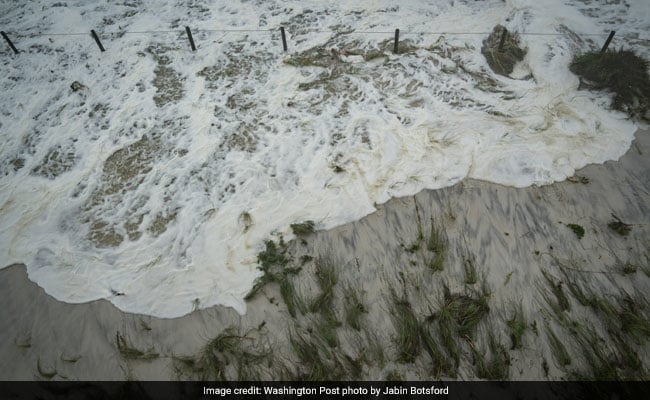
Late-blooming and suddenly historic Hurricane Michael smashed into the Florida Panhandle on Wednesday afternoon with roof-peeling winds of 155 miles per hour and a storm surge that scraped homes from their foundations. An October surprise that raced across the Gulf, Michael could go down in the record books as the third-strongest hurricane to hit the continental United States.
"We're kind of getting crushed," Franklin County Sheriff A.J. Smith said as the storm came ashore west of Apalachicola. "It's horrific."
The first confirmed report of a storm-related fatality came in Wednesday night, when officials in Gadsden County, near Tallahassee, said that a man was found dead in his home after a tree crashed through the roof during the storm. There appeared to be a swath of significant damage that stretched from the coast to areas well inland, with Michael's winds snapping trees, toppling power lines and in some cases obliterating homes.
The powerful eastern side of the storm clobbered the modest coastal community of Mexico Beach, where some structures disintegrated into piles of wood amid massive waves and heavy flooding. In nearby Panama City, homes were shredded and boats tossed. In Marianna, Florida, about 18 miles south of the Alabama state line, Michael's eye tore through the community.
"I had a yard full of 20-inch pine trees and there's not one left standing," said Chad Taylor, 66, a land manager in Marianna. "I can see for miles and miles," he added, quoting the rock band the Who. "Marianna's destroyed."
Power outages soared through the day, reaching more than 300,000 by Wednesday evening, with nearly 90 percent of Bay County - home to Mexico Beach and Panama City - losing power. Nearby Liberty County had 81 percent of accounts without power, the state reported.
Bay Medical Sacred Heart hospital in Panama City reported on Twitter that it suffered blown-out windows, a cracked wall and roof damage, and had shifted patients to safe areas while the hospital ran on generator power.
The bayfront city of Apalachicola, Florida's oyster capital, suffered severe flooding and property damage along aptly named Water Street, home to several restaurants. The city was temporarily cut off from the rest of the state, with U.S. Highway 98 to the west blocked by pine trees and oak branches; going east was unthinkable because the causeway had vanished under the elevated water of Apalachicola Bay.
Smith, the Franklin County sheriff, said the county-run hospital had closed, and ambulance staff had evacuated - to his dismay.
"I don't get it," Smith said Wednesday morning. "Would I like to get out of here? Heck yeah. Am I leaving? No."
Former Franklin County planner Alan Pierce said after the storm blew through that the area endured a storm surge as high as 10 feet. Officials were still trying to determine damage on barrier islands, including St. George Island, which has a state park, a small central business district and a gated community of luxury homes.
"It's bad," Pierce said. He noted that the wind gauge at the county airport blew off after recording gusts of 90 mph.
Other states felt the storm's impact as it moved deeper into the Southeast. Alabama Gov. Kay Ivey, R, closed state offices and buildings in more than a dozen counties. North Carolina Gov. Roy Cooper, D, declared the second statewide state of emergency in as many months. He said the storm could do damage in areas still reeling from the flooding Hurricane Florence caused in September, with housing repairs there still in the early stages.
"I've seen a lot blue tarps as I've traveled across the state," Cooper said. "These tropical storm force winds could cause a lot of problems."
Cooper announced a plan for $1.5 billion in additional state funding to cover part of the estimated $13 billion cost of Hurricane Florence. He's requesting legislators approve a $750 million down payment for the recovery package when they return to Raleigh next week to resume a special session called after the disaster. He said the total cost of the storm is likely to surpass the costs of hurricanes Matthew (2016) and Floyd (1999) combined.
Michael seemed to have caught everyone off guard, from meteorologists who study tropical cyclones to the
longtime residents who chose to hunker down rather than evacuate.
longtime residents who chose to hunker down rather than evacuate.
A mere tropical depression just three days earlier, Michael intensified explosively as it rolled north in the warm Gulf of Mexico and into the shallow waters of the continental shelf. It was ultimately a Category 4 storm on the Saffir-Simpson scale, just a couple of miles per hour shy of reaching Category 5.
It was the most powerful tropical storm ever to hit the Florida Panhandle since record-keeping began in 1851. Just two hurricanes have ever hit the U.S. with barometric pressure readings in the eye - a key metric of a storm's effects - lower than the 919 millibars of Michael. They were the 1935 Labor Day storm (892mb) that struck the Florida Keys, and Hurricane Camille (900mb), which killed hundreds when it hit coastal Mississippi in 1969.
"This storm went from a tropical storm to a projected Cat 3 at landfall in 6 hours yesterday," Brad Kieserman, vice president for disaster operations and logistics for American Red Cross, said in a teleconference Wednesday. "It's not behaving normally. It intensified extremely quickly. It didn't give anyone time to do much. And the one thing you can't get back in a disaster is time."
President Donald Trump said of Michael: "It's like a big tornado, a massive tornado." He said the storm "grew into a monster."
The National Weather Service's Tallahassee office thundered on Twitter early Wednesday morning that it was residents' "LAST CHANCE" to evacuate. "Hurricane Michael is an unprecedented event and cannot be compared to any of our previous events. Do not risk your life, leave NOW if you were told to do so."
The storm's eye struck just east of Panama City and the high-rise tourist hotels parked along white-sand beaches. The storm rolled to the northeast, sideswiping the state capital, Tallahassee.
The storm's path and the need for emergency management potentially carried political significance for Gov. Rick Scott, R, who is running for the U.S. Senate against incumbent Bill Nelson, D, and for Tallahassee Mayor Andrew Gillum, D, who is seeking to succeed Scott in a contest against Republican Ron DeSantis.
"We're turning 100 percent of our focus on search-and-rescue and recovery," Scott said in a late-day news briefing.
The governor said he's received reports of "significant" damage at Tyndall Air Force Base as well as in Panama City, Mexico Beach and throughout Bay County. Two "devastating tornadoes" touched down in Gaston County, he said.
"We are deploying a massive wave of responses by land, air and sea," he said.
Geography likely played a role in storm damage, for better or worse. This is Florida's poorest region, with a relatively high percentage of residents living in vulnerable housings, such as mobile homes.
But it is not a heavily populated area. The more powerful eastern side of the storm struck a region known as Florida's "Forgotten Coast."
More than 300,000 people live in evacuation zones along or near the coast, and as of Tuesday night 6,000 people were in 80 emergency shelters, the Red Cross' Kieserman said. He predicted that the number of people seeking shelter will rise to 20,000 or greater as people flee flooded and damaged coastal homes. He urged people who want to help those in need to donate money to disaster aid organizations rather than attempting to deliver food and supplies.
"We will be in for a long-term sheltering mission," he said.
Federal officials warned residents in the storm zone against venturing out after the worst of the storm passes, because hazards remain. The storm weakened when it hit land but retained hurricane-force winds.
"Michael's still a strong, powerful hurricane, well inland. It's going to have hurricane impacts well into Georgia," said Jeff Byard, FEMA's associate administrator for response and recovery.
He said FEMA is well-positioned to handle the back-to-back hurricanes - Florence and now Michael - in part because both are in the same region and emergency responders are well acquainted with each other.
COMMENT
"We'll be able to handle another storm if it hits next week," Byard said, adding that he hopes he hasn't jinxed the region.
No Comments For This Post, Be first to write a Comment.
Most viewed from International
Most viewed from World
AIMIM News
Latest Urdu News
Most Viewed
May 26, 2020
Do you think Canada-India relations will improve under New PM Mark Carney?
Latest Videos View All
Like Us
Home
About Us
Advertise With Us
All Polls
Epaper Archives
Privacy Policy
Contact Us
Download Etemaad App
© 2025 Etemaad Daily News, All Rights Reserved.

.jpg)
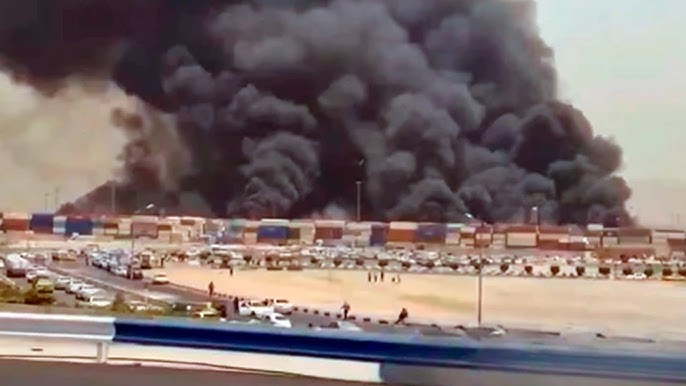
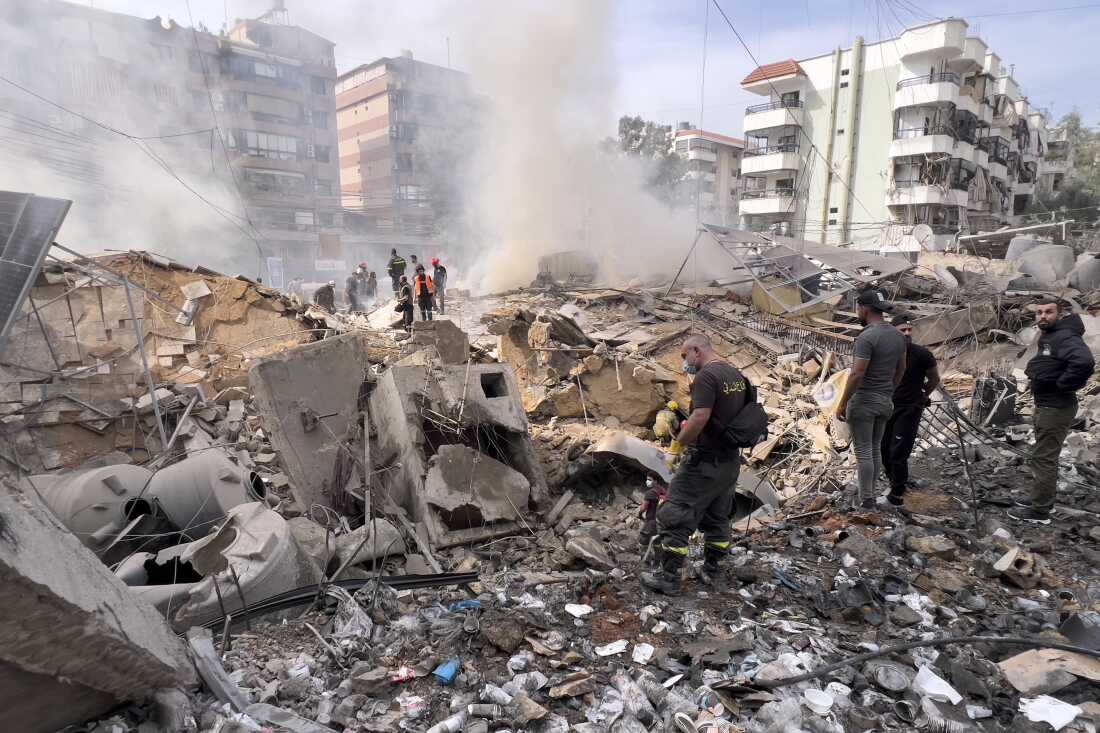

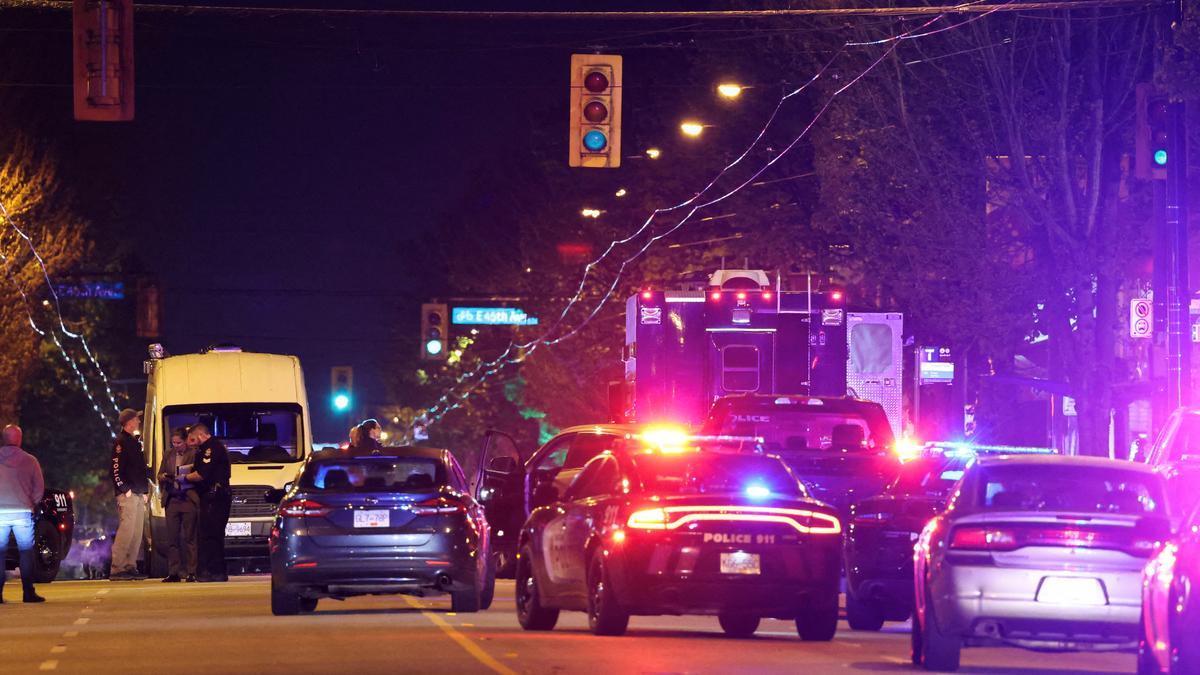
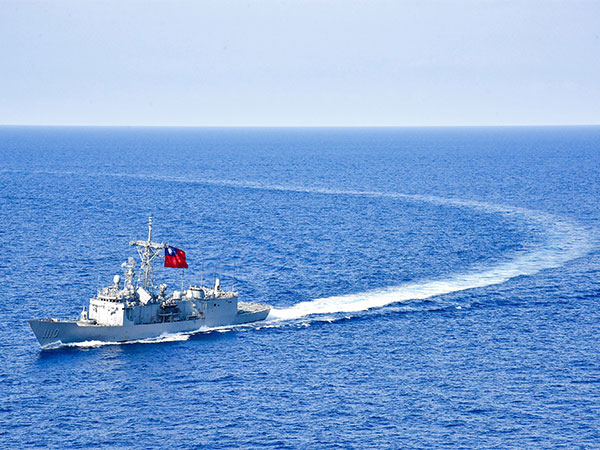
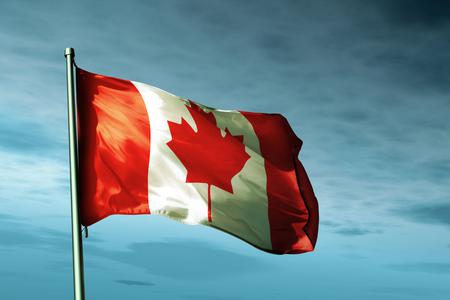
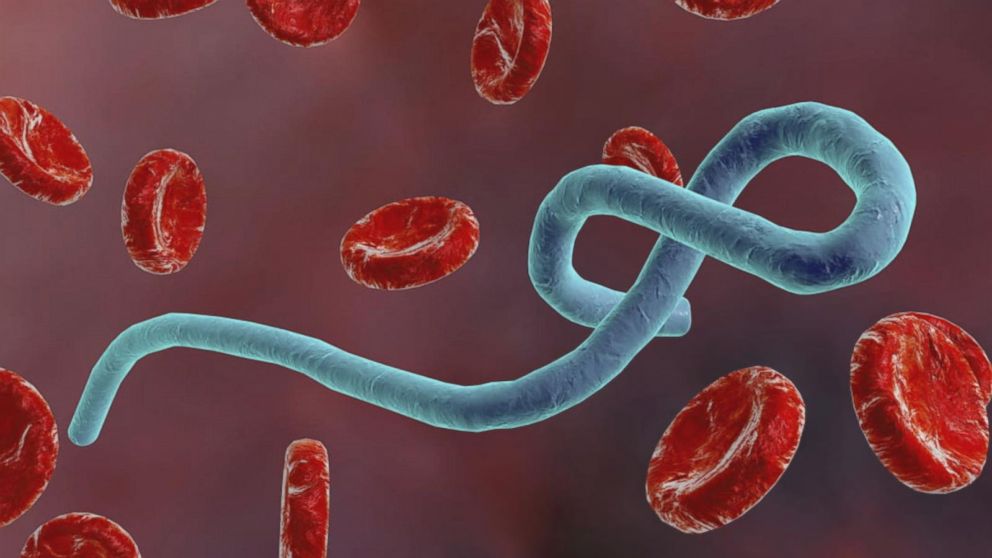
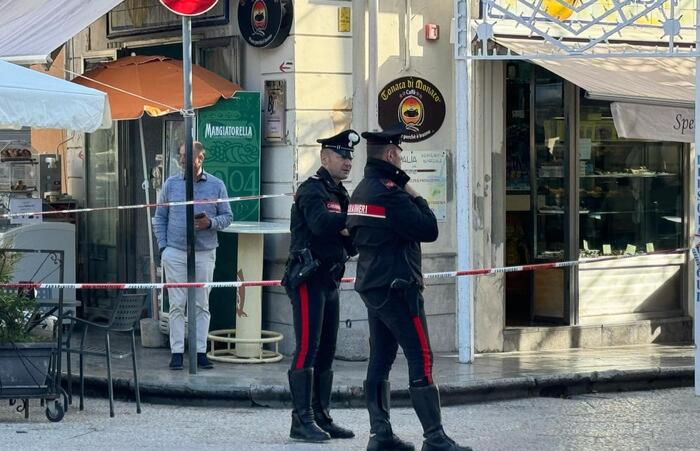
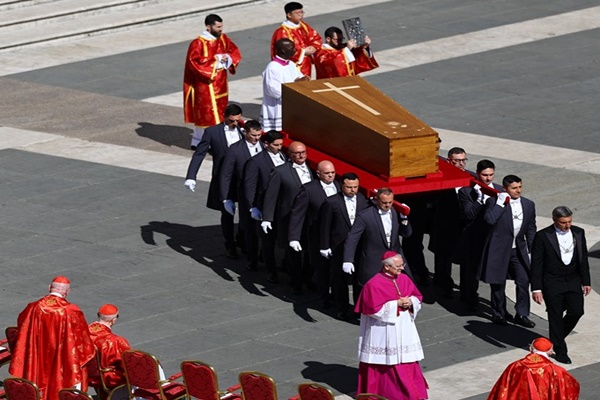
.jpg)
.jpg)
.jpg)
